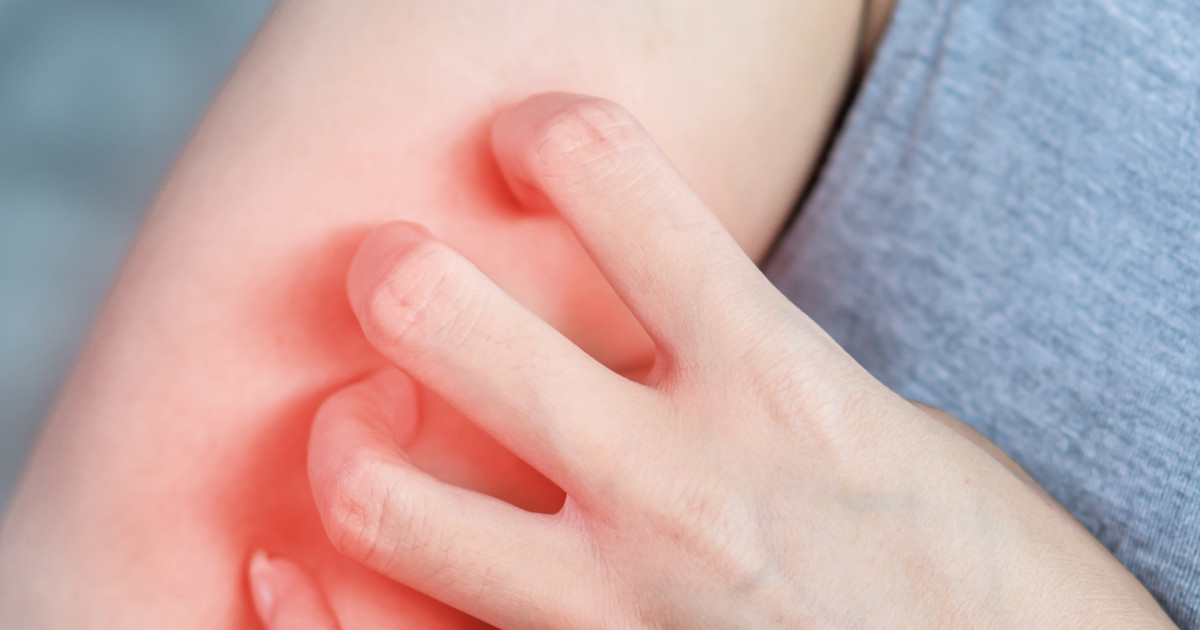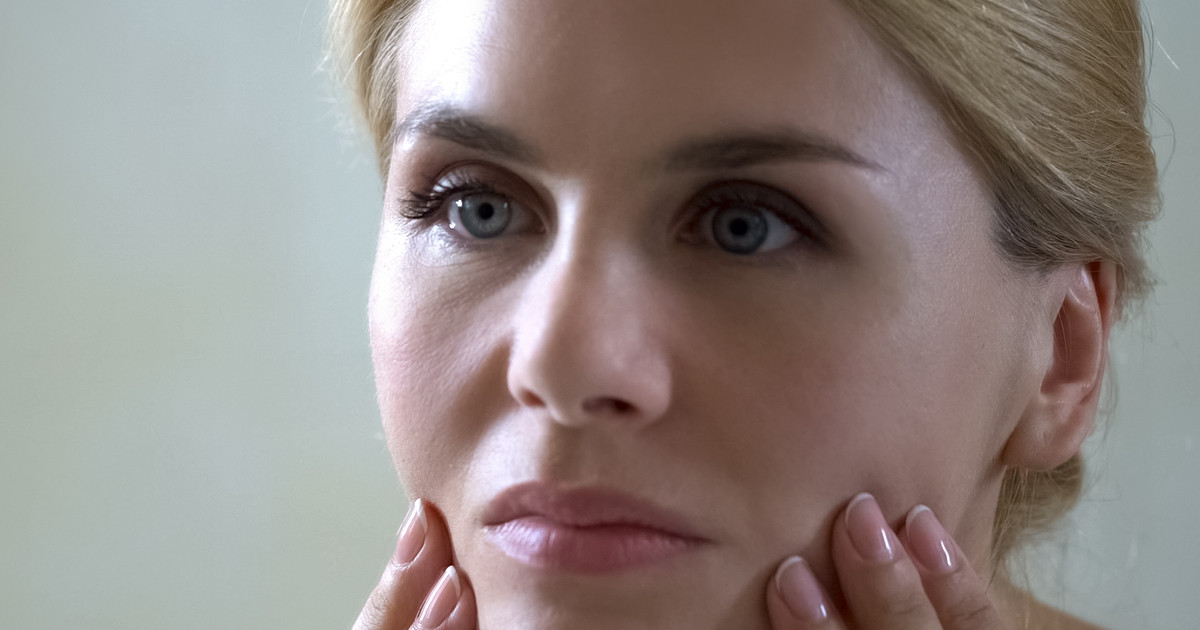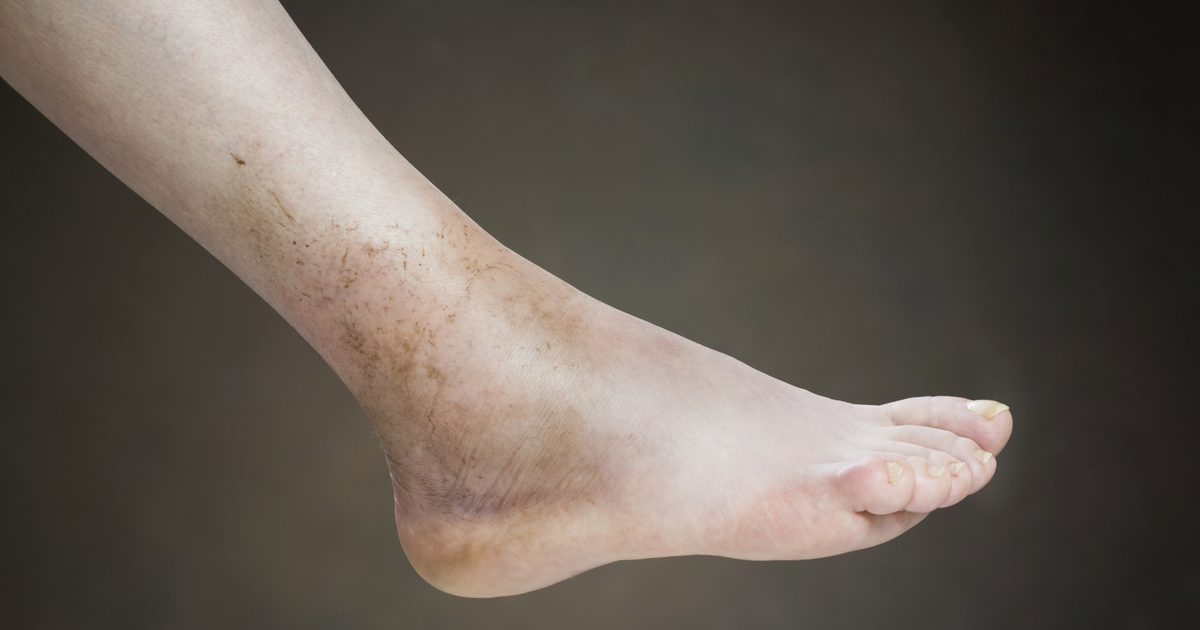Side Effects Of Hydrogen Peroxide
Hydrogen peroxide has been a trusted mild antiseptic for decades, serving as a preventive measure against infections in minor burns, scrapes, and cuts. Beyond its medicinal applications, the compound boasts various non-medicinal uses. For individuals grappling with mouth irritations caused by gingivitis, cold sores, canker sores, or other mild internal wounds, using hydrogen peroxide as a mouth rinse may provide relief. Interestingly, the compound's foaming action, triggered by the release of oxygen upon contact, aids in removing dead skin and debris from the affected area, preventing bacterial infections. However, caution is advised, as hydrogen peroxide should not be used for cleaning animal bites, serious burns, or deep wounds, given its potential side effects.
It's essential to highlight that medical professionals have moved away from using hydrogen peroxide to disinfect wounds due to its impact on sensitive skin. While it has proven effective in certain scenarios, understanding its limitations is crucial to ensuring proper wound care and avoiding unnecessary skin complications.
Skin Redness

One potential side effect associated with hydrogen peroxide usage is skin redness. The concentration of the solution plays a significant role in its impact on the skin. Solutions with ten percent concentration, commonly found in hair bleaching products, can be extremely irritating, leading to redness and discomfort. Household disinfectants typically contain lower concentrations, ranging from three to five percent, still causing mild irritation and potential redness. Even solutions with three percent concentration, deemed "safe" for skin handling, can induce redness, particularly on sensitive skin. Notably, individuals using hydrogen peroxide for purposes like skin whitening or acne scar treatment may experience heightened redness and discomfort, emphasizing the importance of cautious application.
Understanding the correlation between hydrogen peroxide concentration and skin reactions is essential for both healthcare professionals and individuals seeking its benefits. Striking a balance between effective disinfection and skin safety remains paramount.
Stinging Sensation

The stinging sensation associated with hydrogen peroxide usage sets it apart from other antiseptics. When applied to open wounds, individuals may experience a pins-and-needles, stinging feeling, accompanied by a noticeable fizzing. While alcohol shares a similar stinging effect, the underlying chemical reactions differ. Research indicates that hydrogen peroxide activates the TRPA1 pain receptor on specific nerve cells, distinct from the TRPV1 receptor activated by alcohol. Both receptors play a role in signaling the presence of harmful substances, including those present in hydrogen peroxide and tear gas.
Understanding the molecular mechanisms behind the stinging sensation provides valuable insights for patients and healthcare providers. Acknowledging these nuances can contribute to better-informed decisions regarding wound care and antiseptic choices.
Blistering or Peeling Skin

Hydrogen peroxide's corrosive effects, particularly in higher concentrations, can lead to blistering or peeling skin. Concentrations of ten percent or higher pose significant dangers and should not be applied to the skin. Even lower concentrations may cause discomfort and blisters in individuals with heightened sensitivity. Importantly, if blisters occur, they should not be popped, and immediate medical attention is advised. Contrary to common belief, the presence of blisters or peeling skin does not indicate the solution's efficacy; rather, it signals potential harm to the skin.
Individuals must be aware of the risks associated with hydrogen peroxide and exercise caution in its application. Seeking medical attention for severe skin reactions ensures proper evaluation and guidance for optimal skin health.
Skin Lightening

Skin lightening is a well-documented side effect of hydrogen peroxide, with some individuals intentionally using the solution for this purpose. Despite its popularity, dermatologists caution against using hydrogen peroxide to lighten the skin tone due to potential damage. Alternative methods exist for addressing issues like acne, spots, uneven complexion, and hyperpigmentation without resorting to extensive hydrogen peroxide exposure. The chemical's role in hair bleaching solutions emphasizes its potency in altering pigmentation, but when applied directly to the skin, it can lead to noticeable paleness.
Educating individuals on safer alternatives for addressing skin concerns fosters informed decision-making and promotes healthier skincare practices. Highlighting the potential risks associated with prolonged hydrogen peroxide exposure encourages responsible choices in pursuit of desired aesthetic outcomes.
Swelling

Swelling resulting from hydrogen peroxide use warrants immediate medical attention. Injuries must be treated promptly, and patients should be evaluated for potential adverse effects of hydrogen peroxide entering the bloodstream. Ulcers on the skin, weeping sores with clear fluid, may accompany swelling, indicating a reaction known as edema. While a rare side effect, swelling of the eyelids can occur if the solution comes into contact with the eyes, particularly during activities like hair bleaching. Emergency treatment is crucial in such cases to mitigate the risk of vision loss and address potential complications.
Vigilance regarding swelling as a side effect underscores the importance of seeking medical advice promptly. Timely intervention ensures comprehensive care and minimizes the risk of complications associated with hydrogen peroxide use.
